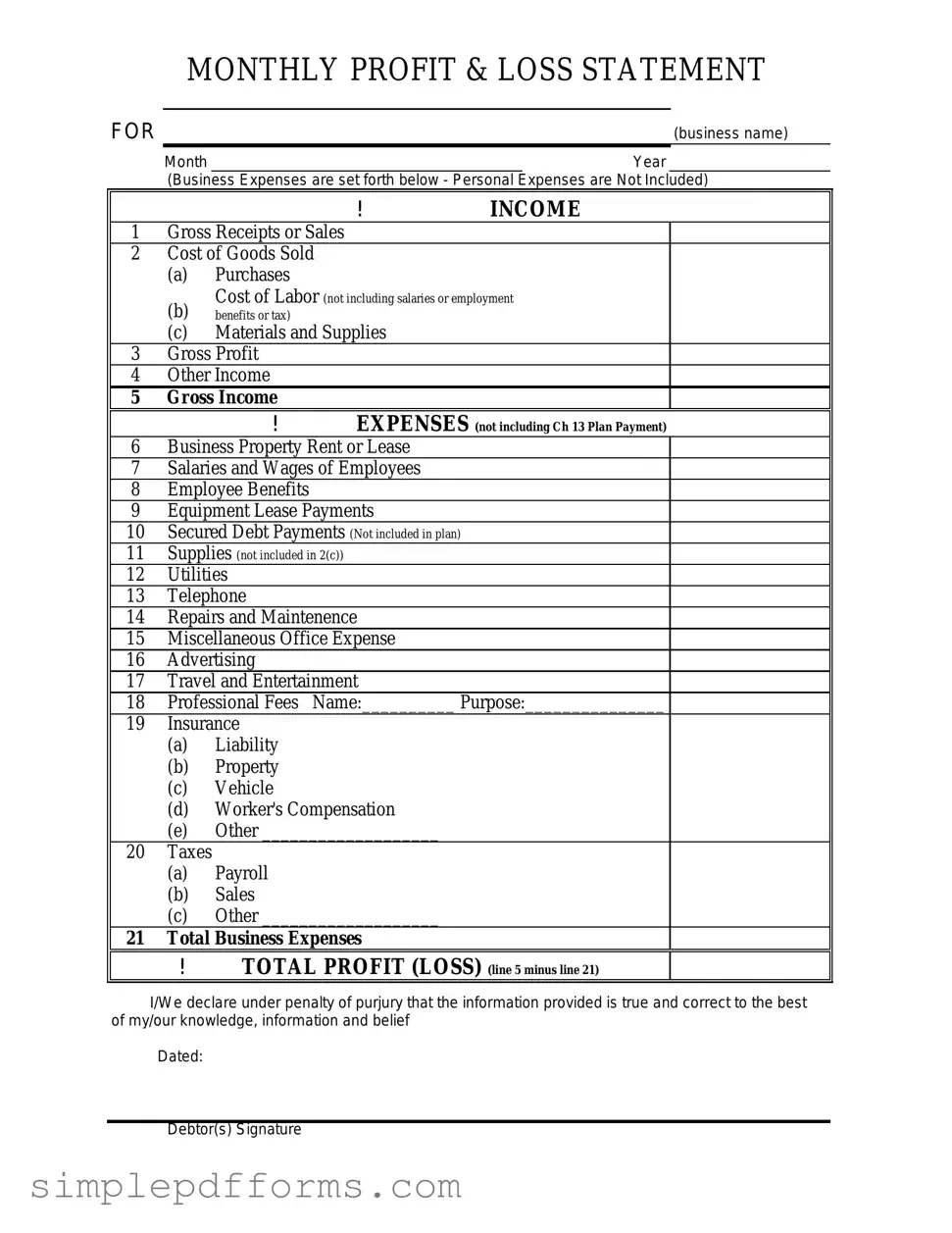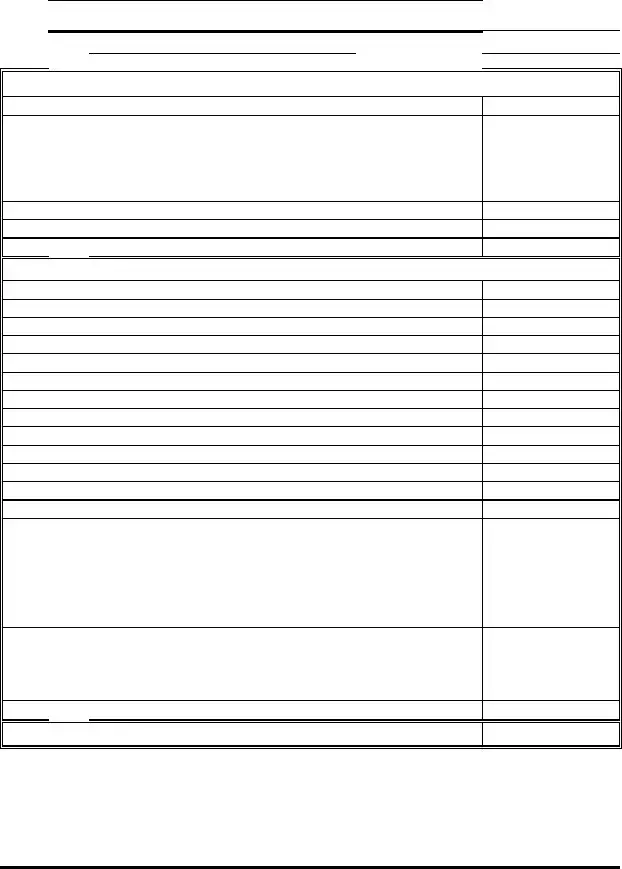Filling out a Profit and Loss form can be a straightforward task, but many people make common mistakes that can lead to inaccurate financial reporting. One frequent error is failing to include all sources of income. Individuals often overlook additional revenue streams, such as freelance work, side businesses, or passive income. This omission can distort the overall picture of financial health, leading to misguided decisions.
Another mistake occurs when expenses are misclassified. People sometimes categorize expenses incorrectly, which can affect tax reporting and financial analysis. For example, personal expenses might be mistakenly recorded as business expenses. This not only complicates the financial statements but can also raise red flags during audits.
Additionally, many individuals neglect to update their Profit and Loss form regularly. Financial situations can change frequently, and failing to keep the form current can result in outdated information. Regular updates are essential for making informed business decisions and ensuring that financial reports reflect the most accurate data.
Lastly, some individuals do not maintain proper documentation to support the entries made on the form. Without receipts, invoices, or other records, it becomes challenging to verify the accuracy of the reported figures. This lack of documentation can lead to confusion and disputes, especially if questions arise during tax time or financial reviews.

